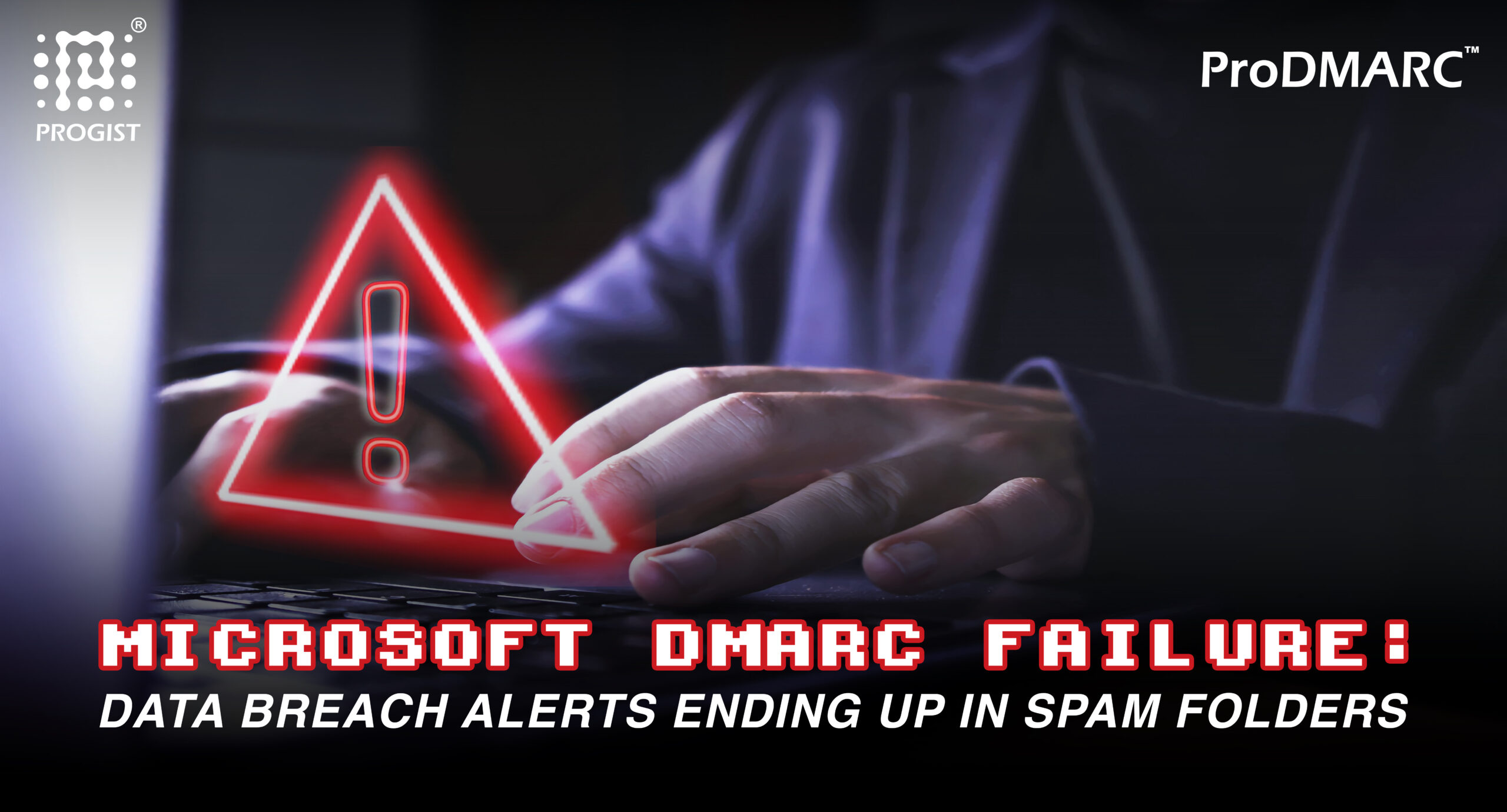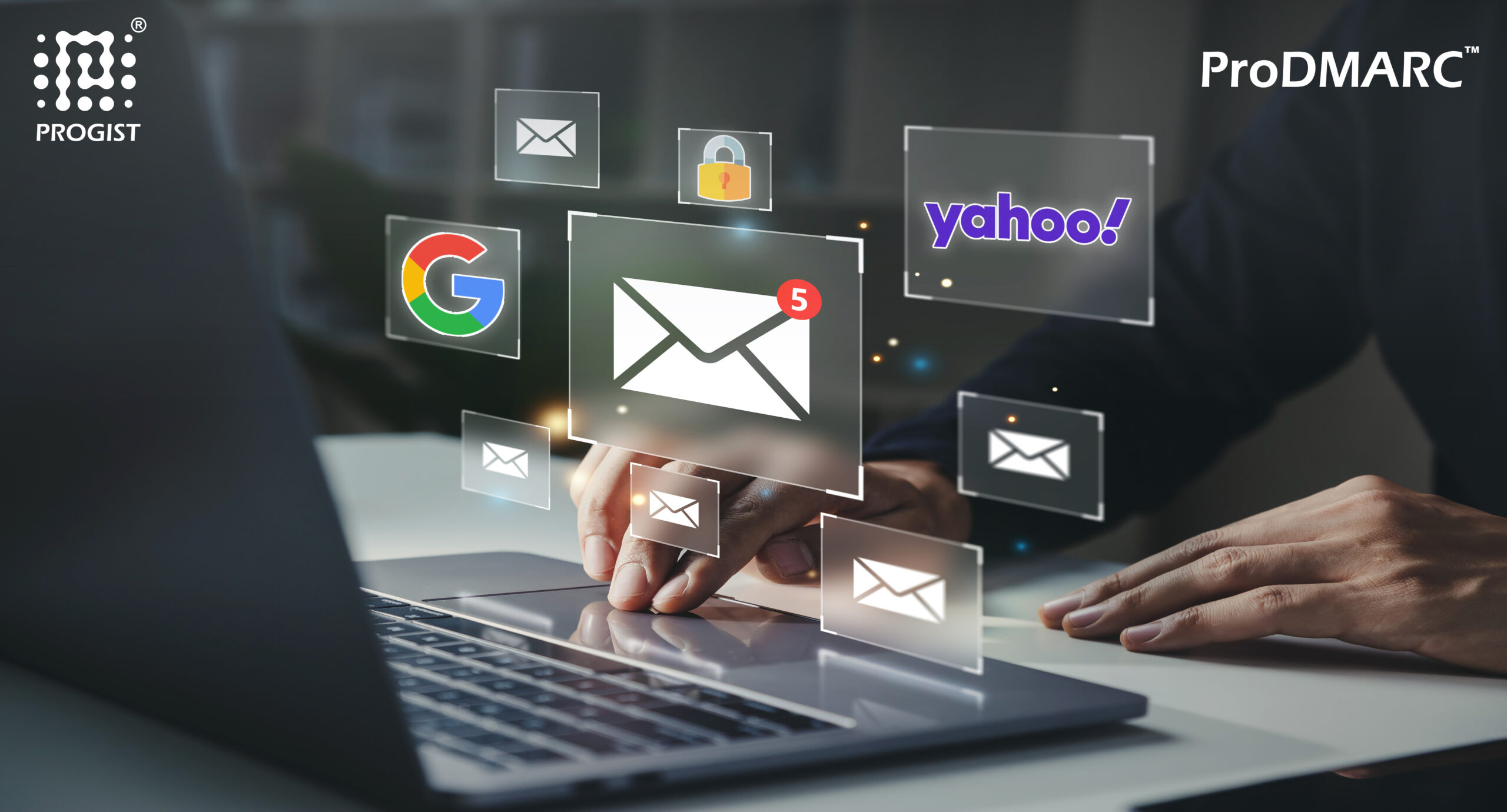In a recent and notable incident, Microsoft found itself at the center of an email security debacle when their data breach notification emails were flagged as spam by their own
Read MoreMicrosoft’s DMARC Fail: A Wake-Up Call for Email Security

In a recent and notable incident, Microsoft found itself at the center of an email security debacle when their data breach notification emails were flagged as spam by their own
Read MoreMicrosoft’s DMARC Fail: A Wake-Up Call for Email Security

Remember that October 2023 bombshell announcement by Google and Yahoo? Their stricter security standards for senders, taking effect February 1st, 2024, sent ripples through the marketing world. If you haven’t
Read MoreTicking Clock! Conquer Google & Yahoo’s New Requirements For Email Senders

SPF or Sender Policy Framework is a protocol used to detect and then block the spammers from sending malicious emails from the organization’s domain. In layman’s terms, cybercriminals cannot misuse
Read MoreSPF: Everything You Need To Know About Sender Policy Framework

Domain-Based Message Authentication, Reporting, and Conformance (DMARC) authentication use two protocols SPF (Sender Policy Framework) and DKIM (DomainKeys Identified Mail) to help determine the legitimacy of an email message. SPF
Read MoreHow does email forwarding affect DMARC authentication results?

The Pain This is one of the most asked questions that we come across from our customers. From the effort per-se it makes sense, reason being that SPF needs to
Read MoreWhy do I need to set DKIM when my DMARC can pass basis the SPF alone?

A DMARC record is part of your Domain Name System (DNS) record, which is responsible for routing Internet traffic. Additional information, such as your domain’s DMARC record—a text entry within

Since the early days of the internet, spam has been a persistent and chronic problem. Gary Thuerk of Digital Equipment Corp (DEC) sent the first unsolicited mass e-mailing (later dubbed
Read MoreSPF, DKIM and DMARC: Are they mere acronyms or Useful Email Security?

Spam email messages have been a scourge since the Internet’s inception, and they’ve only gotten worse as the number of connected devices and people using the Internet has increased. Despite

Phishing and malware attacks are often carried out via email. According to a May 2016 cyber threat report by an Internet security technology company, the Locky ransomware was solely responsible
Read MoreWhy Should Everybody Use DMARC To Prevent Phishing?

Domain-based Message Authentication Reporting & Conformance, or DMARC, protects an organization’s trusted domains from email spoofing. Due to the exponential growth of email fraud, and the fact that domain spoofing
Read MoreDMARC Deployment Mistakes Companies Make During Implementation